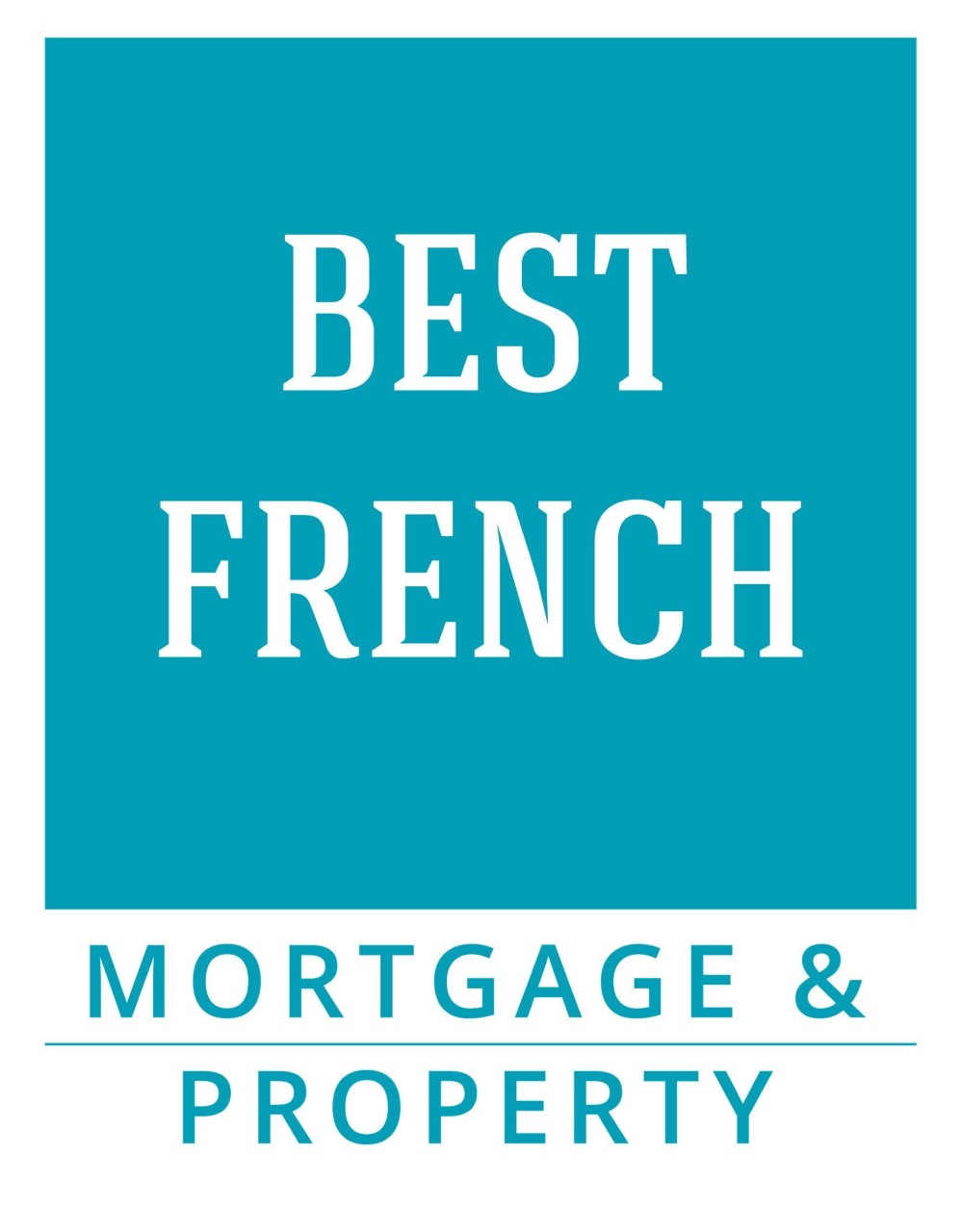French Buy to Let Mortgages apply to French property let under the provisions of a standard French tenancy agreement.
French law protects tenants and tenancy agreements normally run for a minimum of 1 year. Most tenants will renew their tenancy for a further period: this is at the tenant’s discretion.
The French government has introduced various “defiscalisation” measures to encourage this type of investment. These include the Dispositif Borloo Populaire and Dispositif De Robien.
The French normally use buy to let property as part of their pension planning.
You should consider a buy to let mortgage as a long-term investment.
Typical rental returns are between 3 to 5% per year.
To purchase a French leaseback property, you should go to our page on French Leaseback Mortgages.
You can choose any of the standard French Mortgage Products for short-term letting, such as holiday rentals.
The Advantages of French Buy to Let Mortgages
- French buy to let mortgages facilitate property purchase the in sought-after areas of France, such as Paris and the Cote D’Azur, so capital appreciation is likely.
- French law protects landlords by defining criteria for acceptable tenants.
- You can increase the rent annually based on the INSEE Cost of Construction Index.
- You will normally let unfurnished so you do not need to provide furniture.
- It is possible to offset the interest payments on French buy to let mortgages against tax.
- You will have stability because the tenancy agreement can run for 3 years.
- You can arrange insurance cover for unpaid rent, legal assistance to pursue arrears, wear and tear, and compensation for voids.
- The management company will make good any damage caused by the tenant and be responsible for repairs to plumbing, electricity etc.
- You will use a French agent or intermediary, so your rental income will be secure because a French agent must be licensed.
The Disadvantages of French Buy To Let Mortgages
- Owners have no occupation rights during the rental lease period(s).
- Rental levels which qualify for tax incentive schemes are restricted to below open market rates.
- Letting agency fees and insurances account for between 11% and 12% of the rental income earned.
- No VAT reimbursement.
- The owner is responsible for paying taxe foncière and copropriete (co-ownership) charges on the building, such as management administration expenses, building insurance, external decoration and upkeep of the common parts.
Glossary of Relevant Terms
- Bail – (Rental) contract
- Dépôt de garantie (DDG) – Damages deposit, also called “caution”, maximum 2 months rental
- De Robien “recentrée” – This is a tax incentive scheme introduced in September 2006. It applies to new buy to let properties made available for unfurnished rental for 9 years. It reduces taxable revenue by 6% of the investment per year for the first 7 years, then 4% for the next 2 years. You can deduct other expenses such as mortgage interest and management fees from your rental income.
- Dispositif Borloo Populaire – This is a tax incentive scheme applied to buy to let properties (new or old) rented unfurnished to people on restricted income for 9 years. It reduces taxable revenue will be reduced by 6% of the investment per year for the first 7 years, 4% for the next 2 years and 2.5% for the next 6 years. You will also deduct other expenses (mortgage interest, management fees) from taxable income.
- Location – Rental. The physical location of a property may be described by “située“, “dans”, “en”, “proche”.
- Loyer – Rent, generally expressed Euros per month, net of charges such as communal lighting and security.
